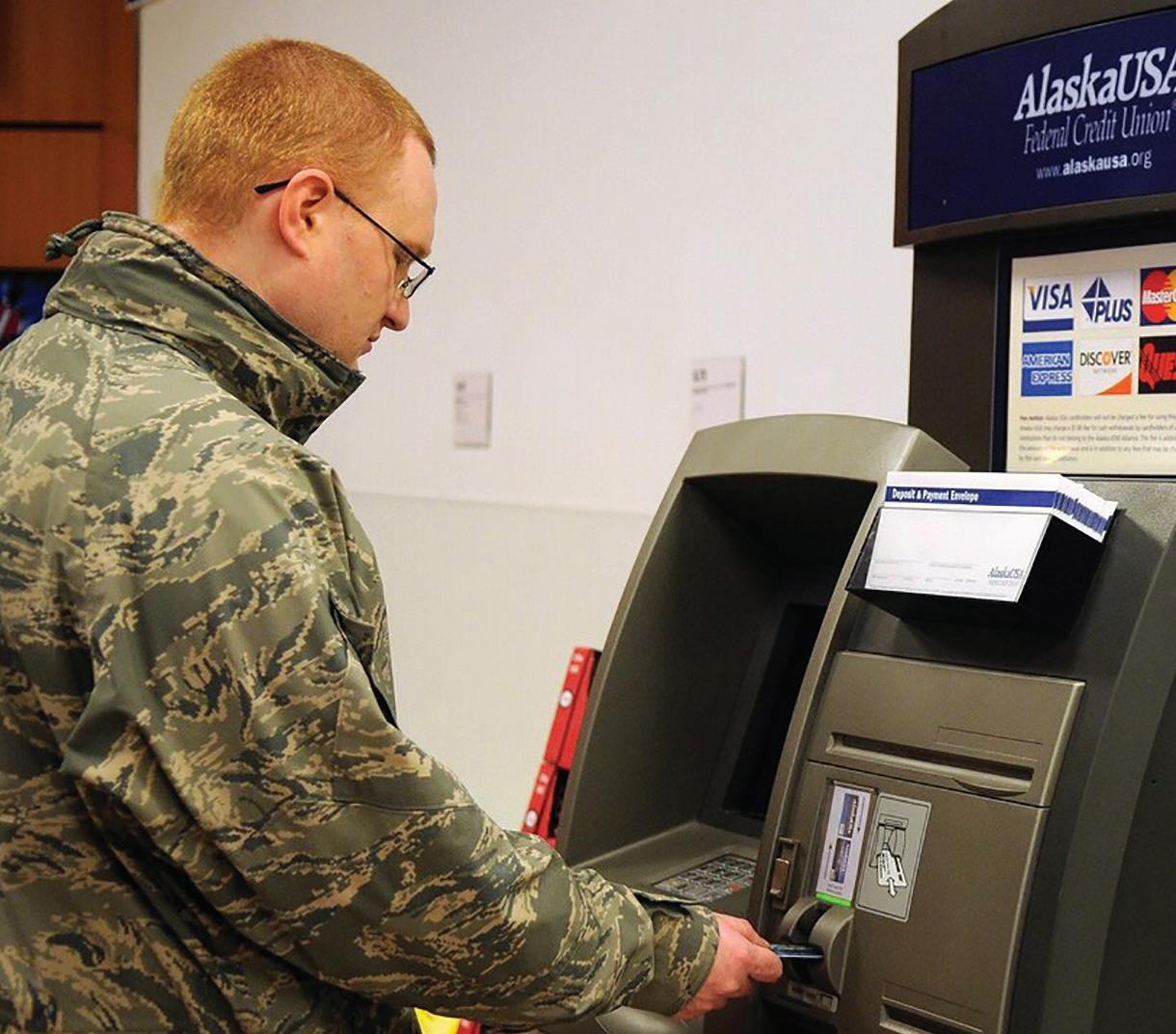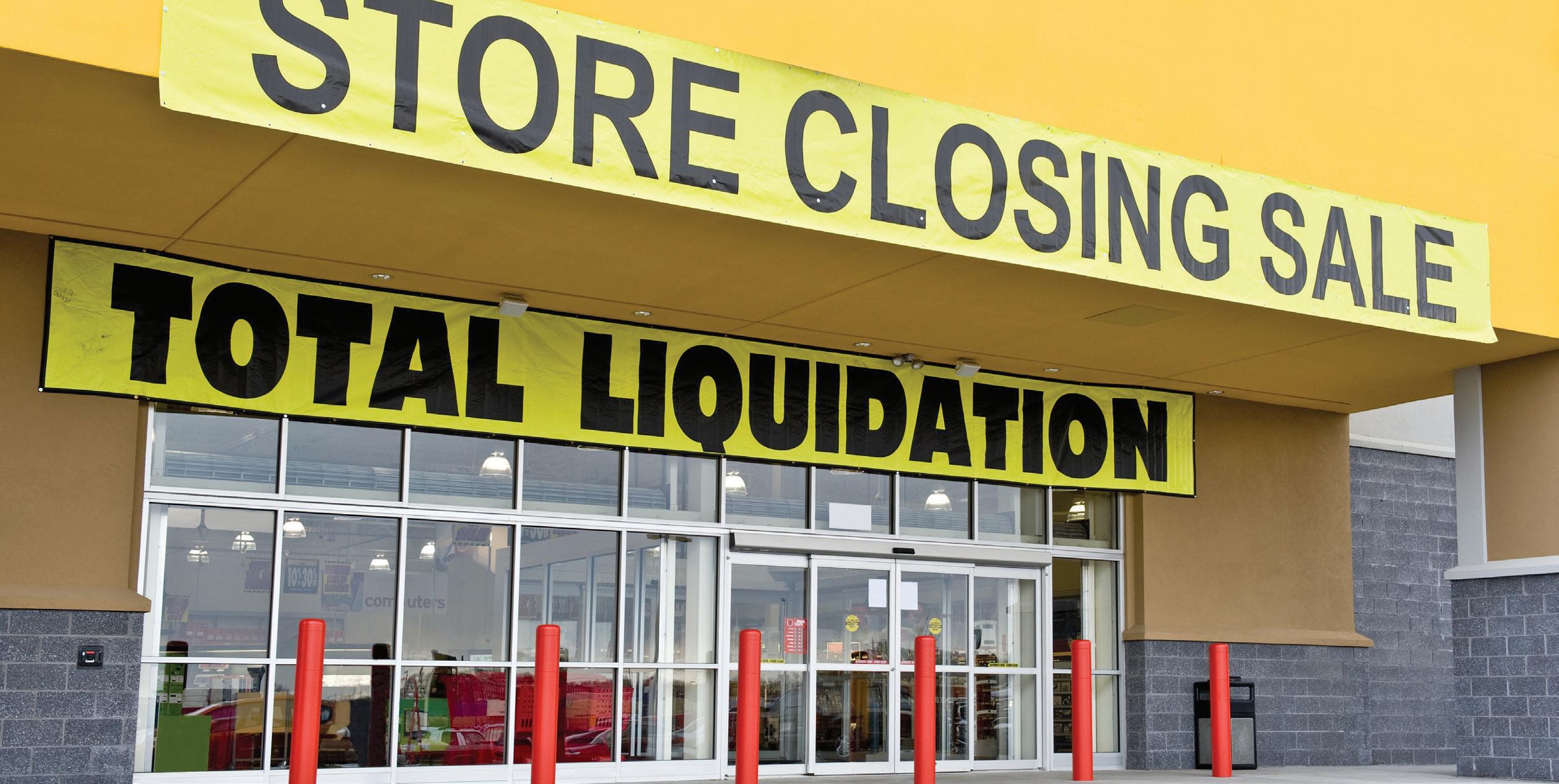Forgive...
But Don’t Forget
By Brandon Horvath
b
y now you may be tired of hearing about COVID-19 and the financial recovery programs that resulted, specifically the Paycheck Protection Program (PPP). However, these loans are still top-of-mind among small business owners, as the first wave of applications seeking forgiveness begins. The program was designed so that businesses would not have to repay the loans if they met certain provisions, such as retaining workers on the payroll for eight weeks. But confusion about how to calculate forgiveness is widespread. Small business owners wanting to maximize their PPP forgiveness are waiting for answers. Ultimately, lenders will be at the forefront of forgiveness, with assistance from the Small Business Administration and borrowers’ accountants. The team at the Arkansas Small Business and Technology Development Center has closely monitored the guidance on PPP forgiveness. Each webinar, conversation, or article offers a slightly different position, based on the timing or the presenter’s interpretation of the rules. We do know forgiveness starts with the borrower completing the PPP Forgiveness Application. ASBTDC consultants are encouraging clients to complete what they can of the application and provide a copy to their CPA for an accuracy check and to help fill in the gaps.
20
The Arkansas Banker n Fall 2020
By taking this approach, the burden of completing the application itself moves away from the lender, and borrowers are better prepared to discuss how they spent the PPP dollars. The primary purpose of the PPP was to encourage small business owners to keep the same number of employees on their payroll at the same pay scale. The U.S. Chamber of Commerce does a nice job of breaking down the elements of forgiveness in their Guide to PPP Loan Forgiveness. They start with these steps for calculating the forgiven amount: 1. Determine the maximum amount of possible loan forgiveness based on the borrower’s expenditures during the eight weeks after the loan was made; 2. Determine the amount, if any, by which the maximum loan forgiveness will be reduced because of reduced employment or reduced salaries and wages; and 3. Apply the 75% rule that requires that at least 75% of eligible loan forgiveness expenses go towards payroll costs. But there are still a lot of unknowns. • Will Congress extend the eight-week period that businesses can spend the loan proceeds? • Will the rule change requiring at least 75% of the PPP funds be spent on payroll? • Will the documentation requirements evolve as forgiveness applications are submitted? While small business owners are keenly interested in PPP forgiveness, they are also beginning to think past COVID-19 to the future.


















